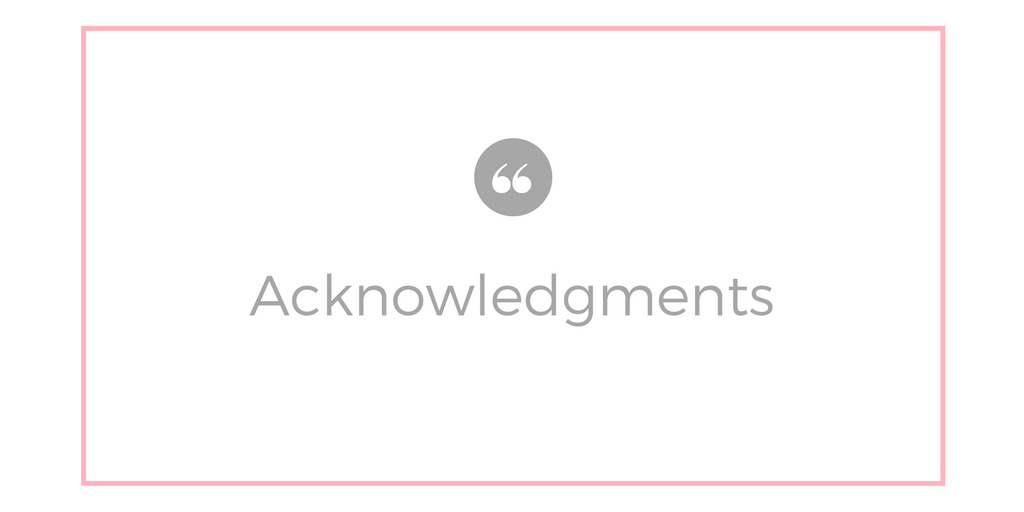As you may recall from our last post, we defined “authorship” according to the guidelines developed by the International Committee of Medical Journal Editors (ICMJE) and explained why authorship matters. Other, more flexible, definitions also exist, including one proposed by the Committee on Publication Ethics (COPE): While “there is no universally agreed definition of authorship… [at] a minimum, authors should take responsibility for a particular section of the study.” Whether we use the ICMJE’s four-criteria test or a more relaxed definition like COPE’s, how exactly should authorship be determined?
Most journals have their own ethical guidelines that include rules about authorship in their Guide for Authors, so the best practice is to read these guidelines when submitting a manuscript. However, to help you understand generally accepted practices, this article will examine some specific questions you may have about the author-naming process. In particular, we explore a category of authors called “ghost” authors and explain how these people should be acknowledged in a journal manuscript.
What constitutes “substantial contribution to research design, data collection, and analysis?”
According to the ICMJE standards, an author must have substantially contributed to the research design, data collection, and analysis associated with a project. The ICMJE’s “recommendations are intended to ensure that contributors who have made substantive intellectual contributions to a paper are given credit as authors…” Thus, we can infer that participation at an intellectual or creative level holds greater weight than participation at a mechanical or procedural level. For example, a graduate student who helped design the experiments and determined the study’s scope would have a stronger claim to authorship than a lab technician, financial sponsor, or supervisor.
What happens, however, when the “author” is an organization? Arguably, while an individual might have executed parts of a research project, the work itself might have been controlled by a large group. Who, then, should have authorial credit? If only part of a group is listed, the unnamed members might feel slighted. Indeed, the ICMJE frowns upon excluding these “ghost authors” because “all persons designated as authors should qualify for authorship, and all those who qualify should be listed.” Conversely, if only a group is named, accountability to the public becomes less meaningful. How would the public know which person was responsible for which part of the research and drafting process?
To address these issues, some journals have requested full disclosure of group members and their specific contributions. However, this requirement can be impractical, especially given the increasing complexity and size of interdisciplinary projects. For example, a 2010 article had over 2,080 authors. This would be a coding nightmare for many journals. In addition, including too many listed authors has the same impact as too little author information: no one will know who is truly accountable for each part of the work. As a result, where it isn’t feasible to list every member or expect each named author to take responsibility for all aspects of a project, some journals have asked the group to designate a guarantor for each article. The guarantor is responsible for the integrity of the work as a whole and serves as the principal liaison between the public and the research group.
Who shouldn’t be counted as an author in a manuscript?

Another way to better understand who should be an author is to examine who should NOT be one. The latter usually falls into one of three categories.
- The first category is “honorary” authors. These people have contributed little, if anything, to the research and publication process, but their names are generally included because they hold senior positions (e.g., department heads) at the corresponding institutions of study. Since these honorary authors fail to meet the first prong of the ICMJE’s “author” test, they should not be included as authors. Nevertheless, this practice often remains due to cultural considerations or efforts to enhance people’s perceptions of a work’s merit.
- “Guest” authors’ names may be included solely because people believe that including guest authors’ names might improve publication odds. This type of authorship has no effect, however, in double-blind peer reviews since reviewers do not see the authors’ names.
- Finally, a third category of “authors” is “gift” authors. These individuals are included to help increase their publication lists.
If not an author, then what should we call them?

Apart from the byline, the “Acknowledgments” section can be used to include people who don’t meet the ICMJE’s four-criteria test or who can’t be held accountable for an entire project. Many journals support the idea of acknowledgments where true authorship can’t be established. For example, some journals agree that lab technicians and assistant writers should be listed in the Acknowledgements sections. Acknowledgments are also perfect for journals that limit the number of authors that can be listed in a byline.
Any names listed in the Acknowledgments section should be accompanied by a description of the individual’s specific contributions to the project, such as “clinical investigator,” “served as scientific advisor,” “collected data” or “provided study patients.” Additionally, people listed in this portion of a manuscript should sign a disclosure form or otherwise confirm their agreement to being listed. They should also disclose any potential conflicts of interest.
Now that we have taken a closer look at the practical meaning of an “author,” in our next post we’ll examine how to spot and avoid authorship issues and, where unpreventable, how to cope with existing conflicts. And before you submit your important research to journal editors, avail yourself of Wordvice’s English editing and proofreading services, which include academic editing services and manuscript editing services, to ensure there are no language issues remaining in your manuscript.
For additional information about how to write a strong research paper, make sure to check out our full series on journal submissions and research writing!
You can also find these resources plus information about the journal submission process in our FREE downloadable e-book: Research Writing and Journal Publication E-Book.








